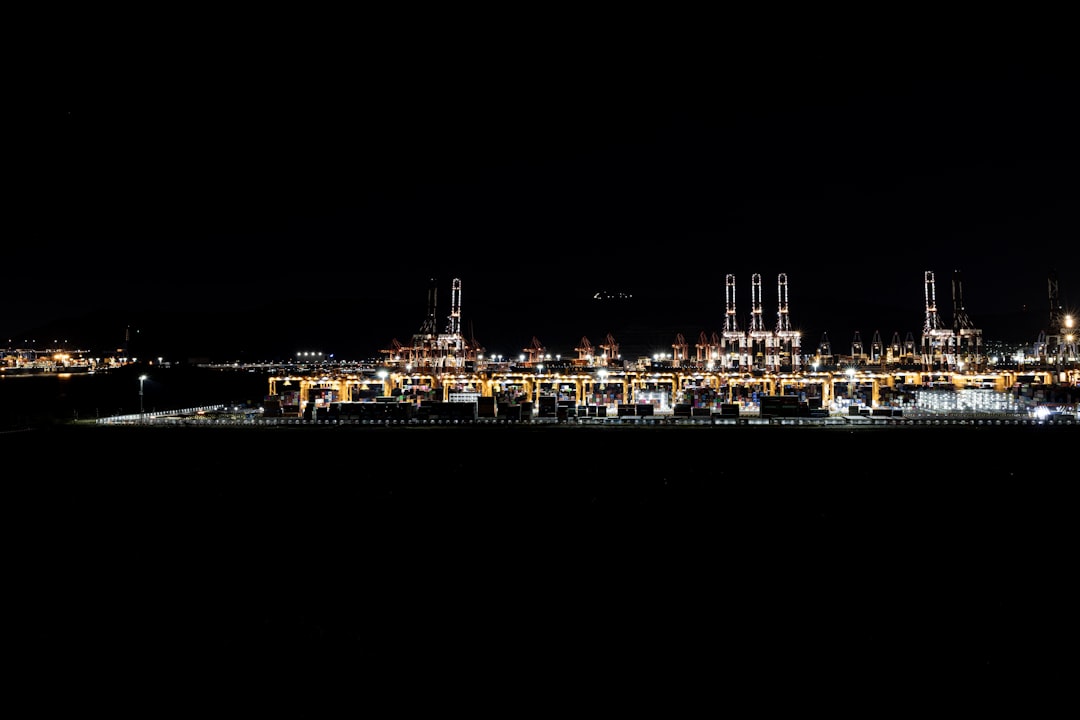body { font-family: sans-serif; line-height: 1.6; }
h1, h2, h3 { color: #333; }
img { max-width: 100%; height: auto; }
The oil and gas industry relies heavily on efficient and reliable well construction. Two critical components integral to this process are casing and tubing. These steel pipes, while seemingly simple, play multifaceted roles in ensuring safe, productive, and environmentally responsible extraction of hydrocarbons. This comprehensive guide delves into the intricacies of casing and tubing, exploring their functions, types, materials, and installation processes.
Understanding the Purpose of Casing in Oil & Gas Wells
Casing is the foundational steel pipe system that lines a wellbore from the surface to the target reservoir. Its primary function is to provide structural integrity and stability to the well. As drilling progresses through various geological formations, some of which can be unstable or prone to collapse, casing prevents the wellbore from caving in. This is crucial for safety, preventing loss of drilling fluids and equipment, and ensuring the well’s long-term productivity.
Beyond structural support, casing serves several other vital purposes:
- Preventing fluid migration: Casing isolates different geological formations, preventing the mixing of fluids and maintaining pressure control. This is essential to prevent blowouts and other hazardous events.
- Protecting freshwater aquifers: Casing prevents contamination of freshwater aquifers by isolating them from the wellbore and the produced hydrocarbons.
- Providing a pathway for production: Once the reservoir is reached, casing provides a conduit for the flow of oil and gas to the surface.
- Supporting cementing operations: The annular space between the casing and the wellbore is filled with cement, which further enhances wellbore stability and prevents fluid migration.
Types and Grades of Casing Pipes
Casing pipes come in various grades and sizes, each designed to withstand specific pressures and temperatures. The selection of casing depends on the well’s depth, the geological formations encountered, and the expected reservoir pressure. Common casing grades include:
- J-55, K-55, N-80, L-80, C-90, P-110, and higher: These designations indicate the yield strength of the steel pipe, with higher values signifying greater strength and pressure resistance.
Casing is also categorized by its diameter, weight per foot, and length. Larger diameter casing is typically used in shallower sections of the well, while smaller diameter casing is used at greater depths.
The Role of Tubing in Oil & Gas Production
While casing provides the structural support and isolation, tubing is the internal pipe system through which hydrocarbons are produced from the reservoir to the surface. Tubing is typically smaller in diameter than casing and is run inside the casing string. Its main function is to transport the extracted oil and gas efficiently and safely.
Tubing also plays a critical role in:
- Artificial lift: Tubing is often used in conjunction with artificial lift systems, such as pumps or gas lift, to enhance production from low-pressure reservoirs.
- Injection of fluids: Tubing can be used to inject fluids into the reservoir, such as water for enhanced oil recovery or chemicals for stimulation.
- Monitoring well conditions: Sensors and other downhole tools can be run through the tubing to monitor pressure, temperature, and other parameters in the well.
Materials and Manufacturing of Casing and Tubing
Both casing and tubing are primarily manufactured from high-strength steel. The steel is carefully selected to meet the required yield strength, corrosion resistance, and other specifications. The manufacturing process involves seamless or welded pipe production, followed by rigorous quality control testing to ensure that the pipes meet the required standards. Advanced manufacturing techniques are employed to produce pipes with enhanced mechanical properties and resistance to corrosion and other forms of degradation.
In specific applications, specialized materials like corrosion-resistant alloys or composite materials might be used to address unique challenges such as high temperatures, corrosive environments, or high levels of hydrogen sulfide.
Installation and Completion of Casing and Tubing
The installation of casing and tubing is a complex and critical operation requiring specialized equipment and expertise. Casing is run into the wellbore using a drilling rig, with cementing operations performed between the casing and the wellbore to provide additional support and isolation. Tubing is subsequently run inside the casing, often using specialized tools and techniques to ensure proper placement and connection. The entire process requires meticulous planning and execution to ensure the safety and efficiency of the operation.
The completion of a well involves the installation of various downhole components, such as packers, perforations, and production equipment, to optimize hydrocarbon production. The casing and tubing strings form the backbone of this completion process, ensuring the integrity and longevity of the well.
In conclusion, understanding the crucial roles of casing and tubing in oil and gas operations is essential for anyone involved in the industry. These seemingly simple steel pipes are fundamental to safe, efficient, and environmentally responsible hydrocarbon production.
Tags: casing, tubing, oil and gas, well completion, drilling




